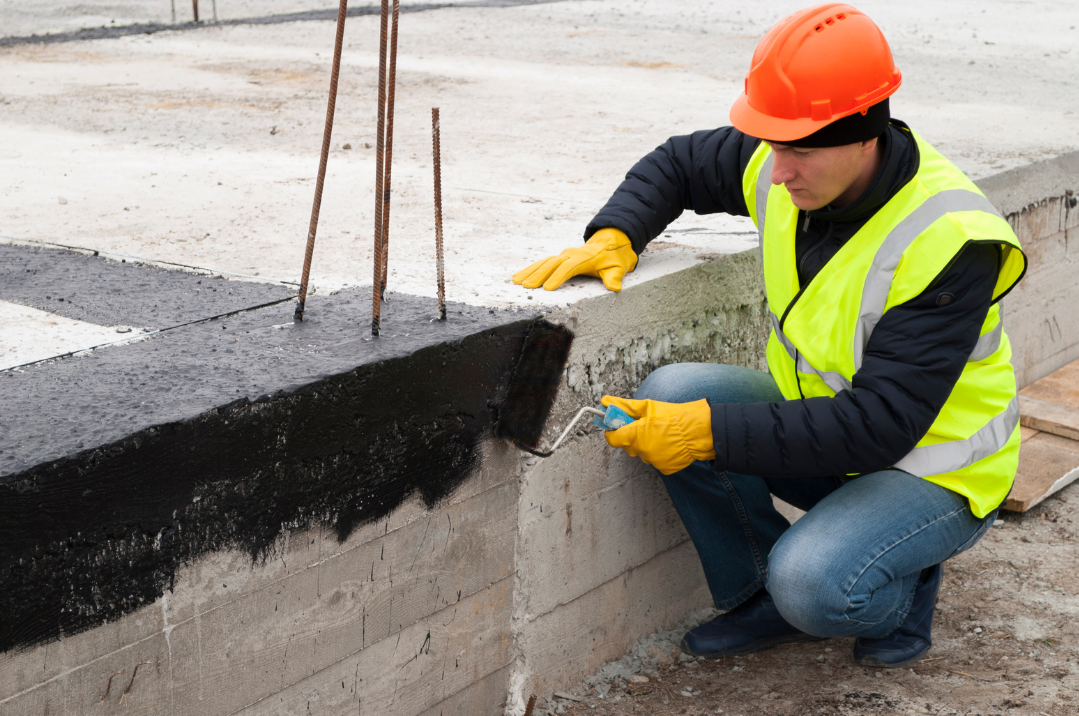The foundation of a house is crucial for supporting your home and keeping it stable, and if it’s well built, it can last a lifetime. Sometimes, foundation problems can have ramifications for the rest of the house. The sooner you know how to look for signs of trouble, the sooner you can address any problems before they escalate. Of course, if you’re on the home hunt, it is always recommended to have it carefully examined by a professional home inspector before you buy it.
Here are five warning signs of foundation problems to watch for:
- Cracks or warping in the exterior walls. Exterior walls are built to allow for a bit of “give.” But as the foundation settles, the walls can lose support. This can lead to cracks, warps, decay, mould, or water stains on the exterior wall. If your exterior wall has siding on it, it can also crack. Crumbling bricks and cement walls are a particularly bad omen and should be investigated immediately.Don’t panic just yet. A certain amount of wear and tear will happen on any exterior wall, so if you see fine, small cracks in the wall, that might be nothing to worry about. Watch for large cracks with a zig-zag pattern or bricks that protrude from the wall, as these will indicate something wrong with the foundation. A professional should be called if the exterior wall starts to pull away from the house because the wall can collapse if it isn’t fixed immediately.
- Cracks in the interior drywall. Similar to the exterior walls, the interior drywall should be relatively undamaged beyond normal wear and tear. However, zig-zagging cracks in the drywall or wrinkling wallpaper are potential signs that further investigation of the house’s foundation may be in order.Also, look out for bowing walls, which are particularly dangerous and should be fixed immediately along with the foundation.
- Sagging, warping or cracking of the floors. The floors in your house run parallel to the foundation. The floors should not feel like they are “bouncing” or sagging, and look out for cracks in floor tile that are otherwise unexplainable.One way to test the evenness of your floors is to place a marble or other small object at a fixed point on the floor. If the floor is even, it will not roll. If it does roll, that could mean the floor is uneven, potentially because of the foundation.
- Issues with the fit of doors and windows. Although doors and windows are fitted to the size of the house, a certain amount of settling takes place, and things like humidity can affect the fit of a door. But this should not happen with every door and window in the house, and it should not happen all the time. If you find that your doors and windows are sticking and not latching correctly or are too loose and won’t stay closed, it could be because their frames are warped from the foundation shifting.Another issue with doors and windows that you should watch for is gaps between their frames and the walls. You can look for gaps in different places in your home, like above the kitchen cabinets or along the countertop where it meets the wall. This can create issues with moisture and temperature, and it can indicate problems with your foundation.
- Excessive moisture in the basement or crawl space. If you get a good rainstorm and water collects in the yard around your property, then cracks in the foundation will allow water to collect in your lowest level. The water itself will not ruin your home, but the water vapour and moisture can cause wood rot and mould and attract pests like termites and ants. These result in a musty odour that is hard to cover up.

If you notice standing water or other signs of moisture in your basement, it could be a sign that you should investigate the foundation as the most likely source of the problem. Then, take the necessary steps to lower the moisture level.
A certain amount of settling takes place with any foundation, so a bit of cracking, sticking, or moisture might be no cause for concern. However, if you begin to notice more issues with your walls, floors and doors, and they persist for a long time, then it may be time to call in a professional to look at your foundation and find the source of the problem.
Courtesy: remax.ca


I personally like your post, you have shared good article. It will help me in great deal.
Posted by embroidered patches on Monday, January 9th, 2023 at 1:15amLeave A Comment